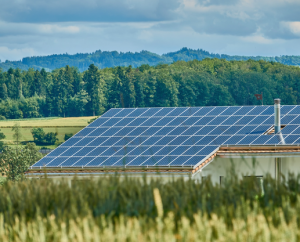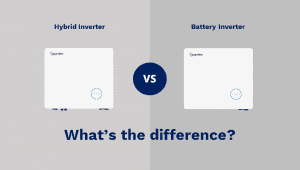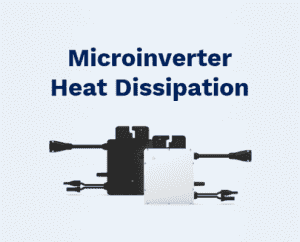Solar Panels on a Flat Roof:
How They Work and What You Need to Know
How They Work and What You Need to Know
Global solar photovoltaic capacity has grown by an astonishing 632 gigawatts between 2000 and 2019, (just one gigawatt is enough to power around 110 million LED bulbs), and with well over 100 gigawatts added in 2019 alone, that rate is only accelerating.
As the climate emergency takes hold, it’s no surprise to see more and more individuals and businesses installing solar panels on their roofs. Not only does the switch to renewable energy help reduce carbon emissions and protect our planet, but becoming independent of the power grid also saves you money and gives you greater control over your own energy needs.
It’s not uncommon to see solar panel installations on all sorts of buildings, and having solar panels on a flat roof is no exception. In many ways, they can be easier to install, thanks to greater access to roof spaces, but there are also a number of considerations to keep in mind to ensure the panels are as efficient as possible and don’t retain any dust or dirt they collect.
We’re going to explore all the main things you need to know about having solar panels installed on a flat roof – and how microinverters can increase their efficiency – so that you can make the right choice for your home or business.
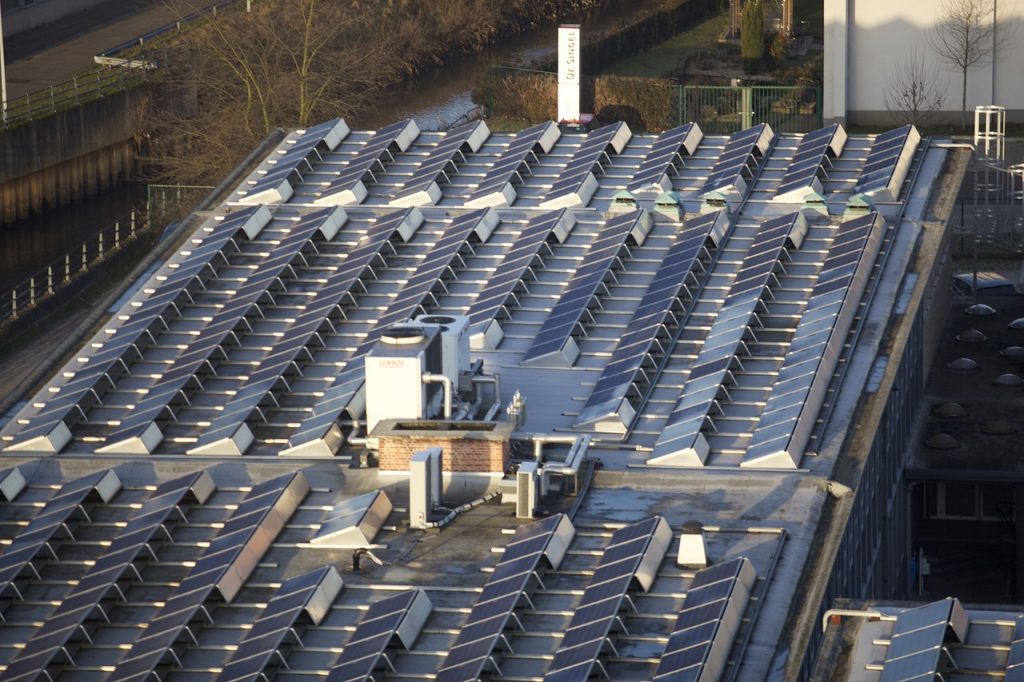
CAN YOU HAVE SOLAR PANELS ON A FLAT ROOF?
The short answer is yes, you can have solar panels on a flat roof. It’s a perfectly common option for businesses and homes seeking their own source of renewable electricity, and flat roofs attract plenty of direct sunlight to make installing panels worthwhile.
Allowances do need to be made for the additional space required, as panels need to be spaced away from any parapet or perimeter walls to avoid them shading one another. Also, flat roof systems tend to rely on ballast to secure your panels against wind or stormy weather, which can increase the load-bearing demands made of the roof. Many also find that automatic panels, which adjust their angle according to the sun’s position, produce a significantly improved energy return. In one case, Hoymiles installed solar trackers as a smart solution for changeable weather. All in all, as long as you work with a professional installation engineer, you’ll be able to create a solar array that operates effectively, whatever your specific needs.
THE BENEFITS OF A SOLAR PANEL ON A FLAT ROOF
Installing solar panels can significantly reduce your energy bill, give you a source of income in the medium to long term, allow you to operate independently of the main power grid, and provide you with a more resilient energy source. Making the switch to renewable power also helps protect the planet with a more sustainable approach to energy, and can even increase the value of your property.
In short, installing solar panels on your flat roof can save you money and protect the environment.
WHAT CONSIDERATIONS NEED TO BE MADE BEFORE INSTALLING A SOLAR PANEL ON A FLAT ROOF?
There are a number of considerations that need to be made before installing solar panels on a flat roof, as it presents different challenges to a pitched or sloped roof.
- Firstly, solar panels that have been installed on flat roofs usually need to be tilted upwards to make sure they capture sufficient sunlight. In more advanced setups, your panels may even be self-tilting on an automated system that maximizes their power generation throughout the day.
- Installing solar panels with a tilt is also essential to keep the panels clean, making sure that the rain is able to wash away any build-up of dirt, maintaining the efficiency of your panels. Typically, panels need to be mounted at a minimum of 10 degrees, but most installers will aim for somewhere between 20 and 50 degrees where possible.
- Consideration also needs to be made for wind loading and the threat of severe weather, which might make the difference between opting for a less-invasive free-standing system using ballast, or going for fixed racking that attaches directly to your roof.
- You won’t get the same power capacity from the same surface area with a flat roof, as spacing needs to allow for shading from parapet walls and also the panels themselves.
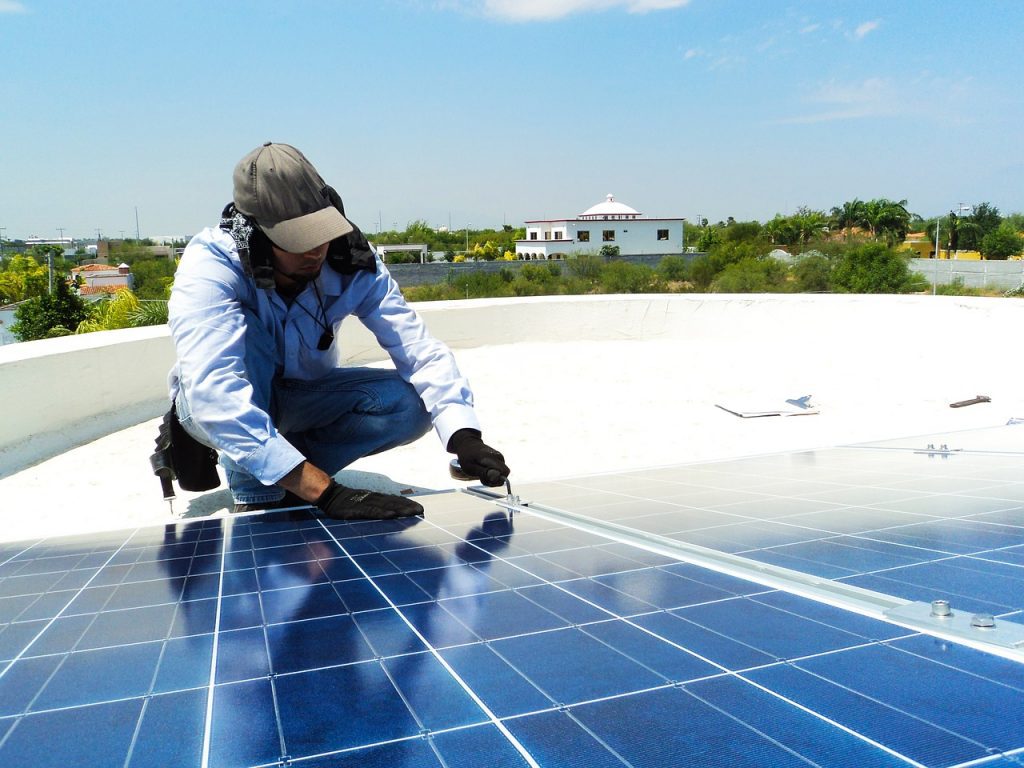
INSTALLING SOLAR PANELS ON A FLAT ROOF
With such a growth in demand for renewable energy, installing solar panels on a flat roof has become a fairly straightforward process and should be easily accomplished by a professional team.
The first step will be to estimate your power potential. This means your installer will:
- Help you assess how many panels you can fit on your roof, given adequate spacing for perimeter or parapet walls, spacing the panels so they don’t shade one another, and avoiding any pre-existing air conditioning units or other fittings that might get in the way of the panels or maintenance access. Hoymiles have worked to deliver optimized power generation for even the largest roof spaces.
- Assess the condition of your roof and make sure that if it will need replacing or upgrading that is either done in advance of installation or that temporary removal of your panels will be easy to accommodate.
- Decide whether to install a fixed system that attaches directly to your roof, or the more common free-standing setup, where ballast is used to secure your units against any wind or stormy weather.
With some stricter legislation surrounding flat roof solar panel installations – for example, you’ll need planning permission if you’re based in the UK – it’s important that you work with expert installation engineers who can carry out the proper checks and make sure your roof will still comply with relevant building standards, particularly around water tightness and weather protection.
Your engineer will also design your panel array to suit your specific location, for example when it comes to mounting angle and alignment:
- Solar panels work best at somewhere between 20 and 50 degrees from the horizontal, to make sure they can be self-cleaning in the rain and to capture as much sunlight as possible. The precise angle chosen by your installer will depend on your position on the globe, but also wind loading and the amount of space available. Steeper tilt angles mean greater wind exposure, and therefore more ballast and a stronger roof are required. Also, at a steeper angle, panels need to be placed further apart to avoid shading, and the resulting loss of panel area might outweigh any efficiency benefits to be gained from the steeper angle.
- Your engineer will also plan the orientation of your panels, again according to the sun’s direction and how to maximize your roof space. In almost every case, it makes much more sense to orient your panels according to the direction of your flat roof, in order to increase the number of panels you can fit in. Typically, this significantly outweighs any benefits you might otherwise gain from optimizing your orientation relative to the sun.
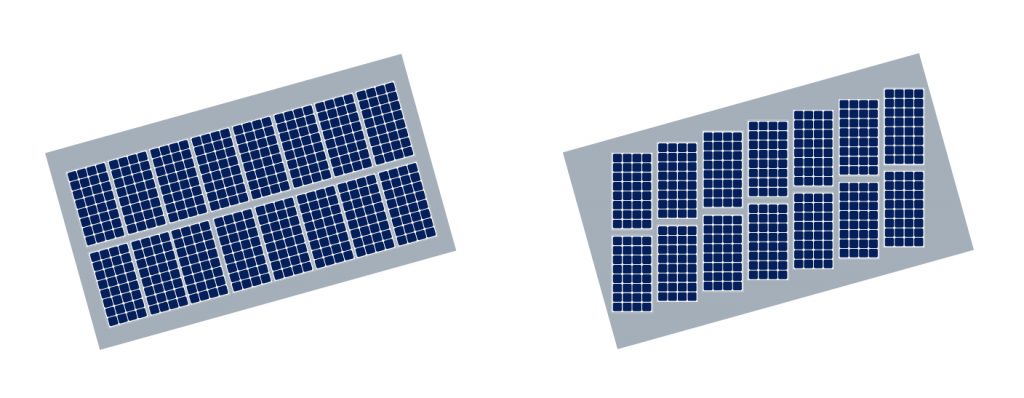
Clearly, installing solar panels on a flat roof requires a number of calculations before the installation itself can happen. But once you reach that point, fitting the panels should be relatively painless, given that flat roof access tends to be straightforward, and the panels only need to be fitted to their frames and ballast before they can be connected to your power system.
WHAT RETURN CAN YOU EXPECT ON YOUR SOLAR PANELS?
The cost and return on investment of installing solar panels vary depending on your location, your climate, and any local or federal financial incentives that may be available. On average, however, most solar power systems in the US for example should cost you somewhere between $2.60 and $3.20 per watt generated.
Your exact annual savings will depend on your typical electricity consumption and whether you’re selling power back to the grid, but most flat roof solar panels will earn back your investment within seven to nine years. When you compare that with an expected 25-year life expectancy for the units, you’re starting to look at significant financial savings.
HOW TO BOOST YOUR PANELS’ EFFICIENCY AND GET MORE POWER FOR YOUR MONEY
With any kind of power generation, efficiency is key. But nowhere more so than in the typical small-scale setups you’ll find in most residential or commercial roof arrays.
That’s why Hoymiles use microinverters, installed alongside solar panels, to dramatically increase efficiency. With 99.8% MPPT efficiency ratings, microinverters convert a much bigger chunk of your panel production into usable energy, so you’re getting a better return out of exactly the same panel setup.
Microinverters also let you monitor your power generation, so you can see exactly how much electricity you’re able to generate at different times of the year.
Find out more about Hoymiles microinverters and how they can improve the potential of solar panels on your flat roof.

